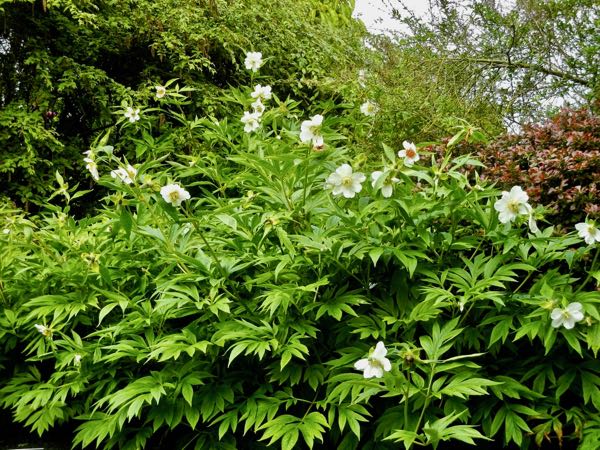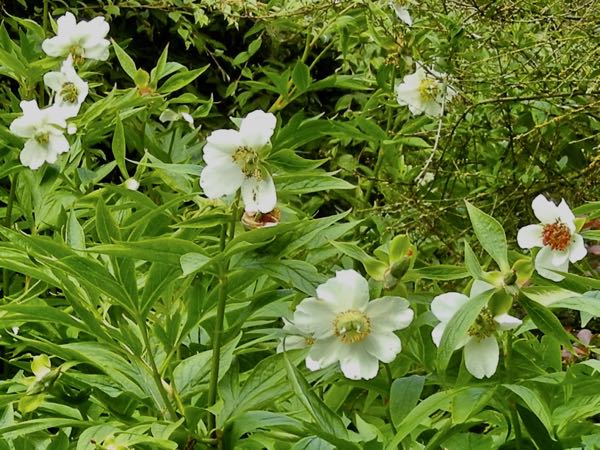Paeonia emodi: The Majesty of the Himalayan Peony
Paeonia emodi, a remarkable member of the Paeoniaceae family, is a captivating herbaceous perennial renowned for its exquisite beauty and medicinal properties. Commonly referred to as the Himalayan Peony or Mount Emodus Peony, this majestic plant adds a touch of elegance to any garden landscape. With its clump-forming habit, Paeonia emodi reaches an impressive height of approximately 1.2m or 4ft, creating a commanding presence in any setting. Its name, “emodi,” derived from Latin, pays homage to its natural habitat, the majestic Himalayas. This species thrives in the western part of the Himalayan range, encompassing regions from Afghanistan west to Tibet and Nepal.
Appearance and Blooms:
Paeonia emodi captivates the beholder with its dark green, glossy foliage, which is deeply divided, adding a touch of intricacy to its overall charm. This luxurious foliage provides an attractive backdrop to the star of the show—the resplendent flowers. Rising on tall, sturdy stems, Paeonia emodi presents clusters of fragrant, white blossoms. Each stem typically carries up to four flowers, each of which boasts delicate petals and a captivating fragrance that enchants the senses. The blossoms feature prominent yellow anthers, further enhancing their allure. Paeonia emodi graces the garden with its ethereal beauty in the springtime, as its buds remain safely nestled underground during the winter months—an adaptation known as hemicryptophyte. It is worth noting that Paeonia emodi shares similarities with Paeonia stemiana, although it distinguishes itself by its taller stature.

Cultivation of Paeonia emodi:
To successfully cultivate Paeonia emodi and appreciate its magnificence, follow these guidelines:
Light and Soil: Paeonia emodi thrives in both full sun and partial shade. When selecting a planting location, ensure the soil is rich in humus, fertile, and well-drained. It is beneficial to choose a sheltered spot that offers protection from strong winds.
Propagation and Pruning: Paeonia emodi can be propagated through seeds or division during early spring or autumn. Deadheading the spent flowers not only maintains the plant’s visual appeal but also encourages future blooming. In late autumn, after the foliage has withered, it is recommended to cut it down to the ground, preparing the plant for its dormant period.
Pest and Disease Management: While Paeonia emodi is generally trouble-free, vigilance is necessary to safeguard against potential threats. Watch out for honey fungus, wilt, eelworm, and the swift moth caterpillar. Regular monitoring and prompt action can help address these issues effectively.
Medicinal Uses and Cultural Significance: Beyond its ornamental value, Paeonia emodi holds a significant place in traditional medicine. In various regions, including India and China, it is recognized by names such as Mamekhor, Mamekh, Ood-e-saleeb, Ood-Salap, Mid, and Duo-Hua Shao Yao (多花芍药). Traditional healers utilize Paeonia emodi to treat a range of ailments, including high blood pressure, heart conditions, and diarrhea. The plant’s therapeutic properties have been valued for generations, underscoring its cultural significance and esteemed position in herbal medicine.
Embrace the majesty of Paeonia emodi, as it graces your garden with its regal presence and delicate blooms. Experience the allure of the Himalayan Peony, celebrating its resilience, aesthetic appeal, and traditional medicinal properties.




